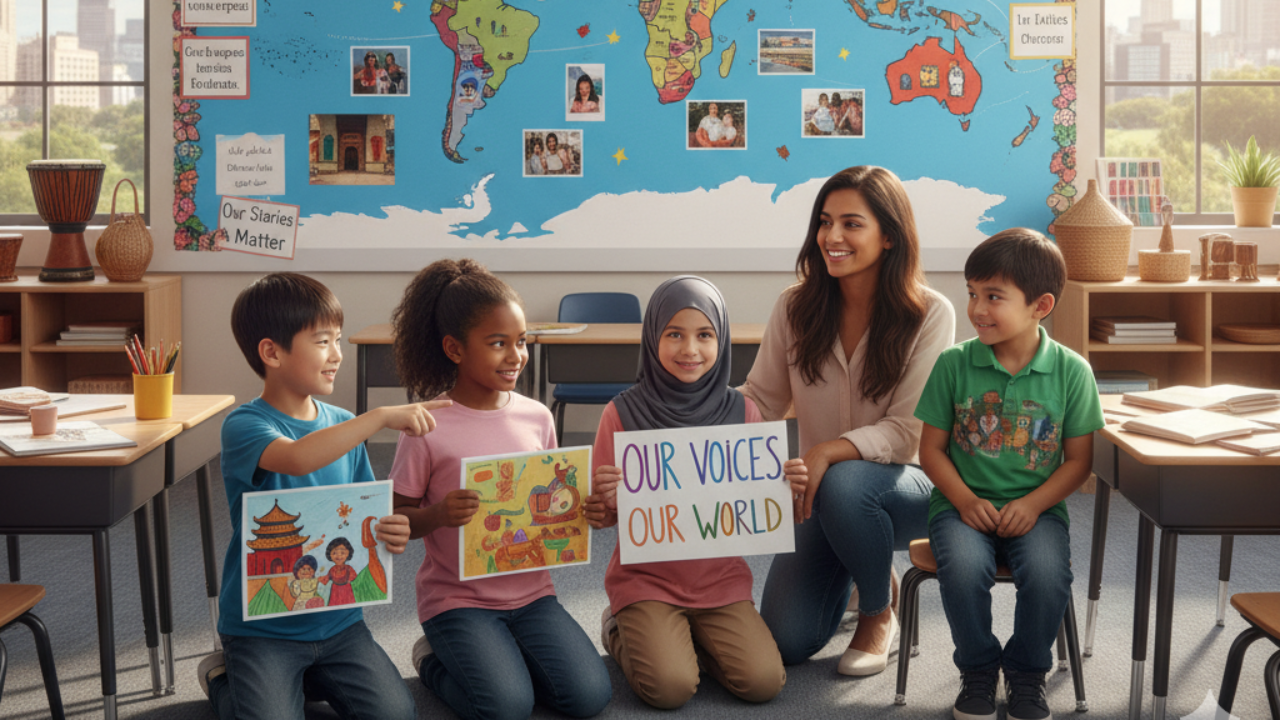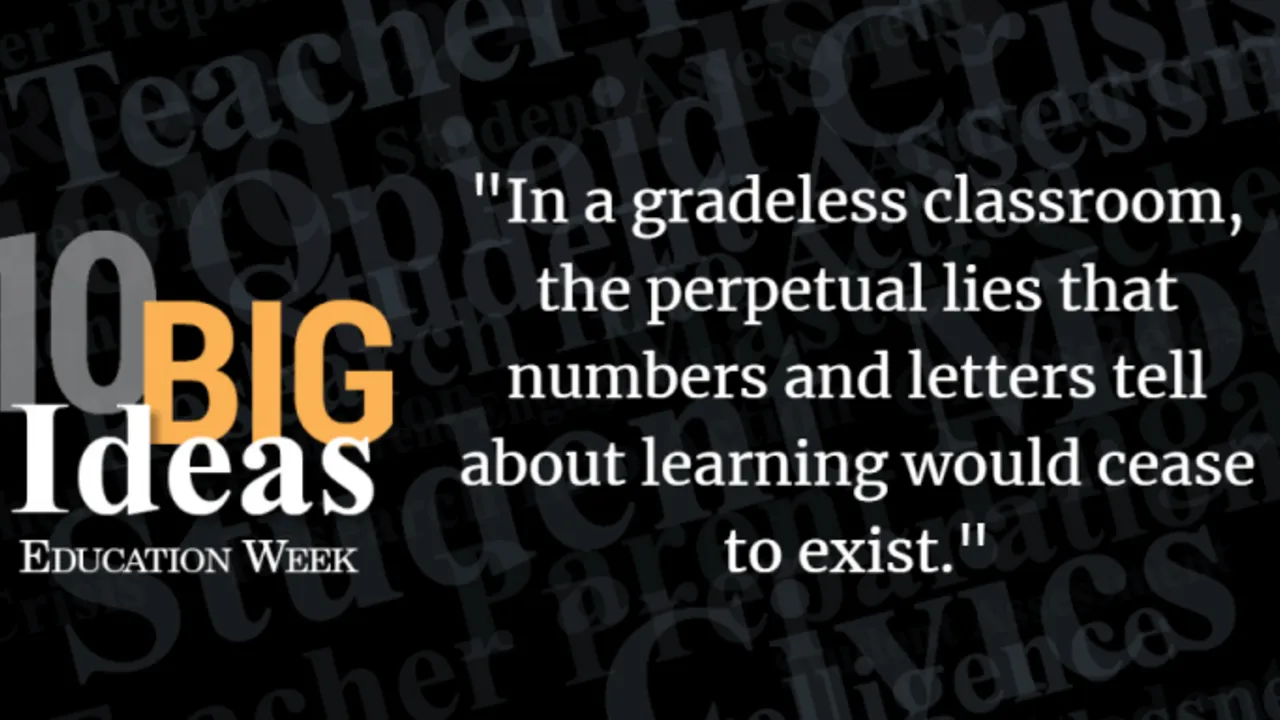Teaching Students Empathy Using Maslow's Hierarchy of Needs
May 19, 2023
Empathy is the ability to understand and share the feelings of another person. It is a critical skill for students to develop, as it allows them to build relationships with their peers, resolve conflicts, and make sound decisions.
Unfortunately, many students lack empathy. This is due to a number of factors, including:
1. The rise of social media: Social media can make it difficult for students to develop empathy, as they are constantly bombarded with images and videos of people who are different from them. This can lead to students developing negative stereotypes about others. Social media is often used to compare ourselves to others. This can lead to feelings of inadequacy and insecurity, which can make it difficult to be empathetic towards others.
2. The focus on competition: The school system is often focused on competition, which can lead students to view their peers as rivals rather than friends. When students are constantly competing with each other, they are less likely to be willing to help each other. This can make it difficult for students to develop empathy for others.
3. The lack of role models: Empathy is a skill that is learned through observation and imitation. When students do not have role models who demonstrate empathy, they are less likely to learn how to be empathetic themselves. This can lead to students being less likely to understand and share the feelings of others. This can make it difficult for them to foster relationships with their peers, problem solve, and make ethical decisions.
The Importance of Empathy
The ability to emotionally understand and relate to people is an important skill to succeed in school and in life. Having empathy allows students to build relationships with their peers. When students can understand and share the feelings of others, they are more likely to feel connected to them. This can lead to stronger friendships and a more positive school climate.
When students can understand the perspective of others, they are more likely to be able to find solutions that work for everyone involved. This can lead to a more peaceful and harmonious school environment. With this skill, students will be able to work with their peers and have valuable discussions.
Empathy helps students understand how their words and actions affect everyone around them. When students can understand the consequences of their actions, they are more likely to make choices that are in the best interests of themselves and others. This can lead to a more positive and productive school environment.
How Teachers Can Teach Empathy Using Maslow's Hierarchy of Needs
Maslow's theory suggests that humans have a hierarchy of needs, with the most basic needs at the bottom and the most complex needs at the top. The basic needs include things like food, water, and shelter. The complex needs include self-actualization and self-esteem.

Challenge kids to elect five empathy leaders. These are students who peers believe best embody this noble concept. Once you have five empathy leaders, number them off from one to five in any way you see fit. The number they’re assigned will coincide with a Maslow hierarchy level. For example, the empathy leader with number three is responsible for Love and Belonging.
Organize the rest of the students by numbering them off from one to five. Once kids have their numbers, they join their empathy leader with the same number, and they’re ready for your prompt. Have your students detail two scenarios: one where a student feels at home in your assigned Maslow level, and one where they do not. In doing this, students can learn to see multiple perspectives and be empathetic towards people who disagree with them.
Parts of this section were excerpted from Even More Hacking Engagement. Read more on teaching students empathy in James Alan Sturtevant's third hacking engagement book.

When students have completed your empathy activity, considering using some of these additional ways to teach empathy:
- Talk about empathy: Talk to students about what empathy is and why it is important. This can be done in class discussions, in small group activities, or in one-on-one conversations.
- Read stories about empathy: Read stories to students that illustrate the importance of empathy. These stories can be fiction or non-fiction.
- Role-play empathy: Role-play situations with students that require them to use empathy. This can help students to practice putting themselves in the shoes of others.
- Have students complete empathy exercises: There are a number of empathy exercises that students can complete. These exercises can help students to develop their empathy skills.
By following these tips, teachers can help students develop empathy. Empathy is a critical skill for students to have, as it allows them to build relationships with their peers, resolve conflicts, and make sound decisions.





